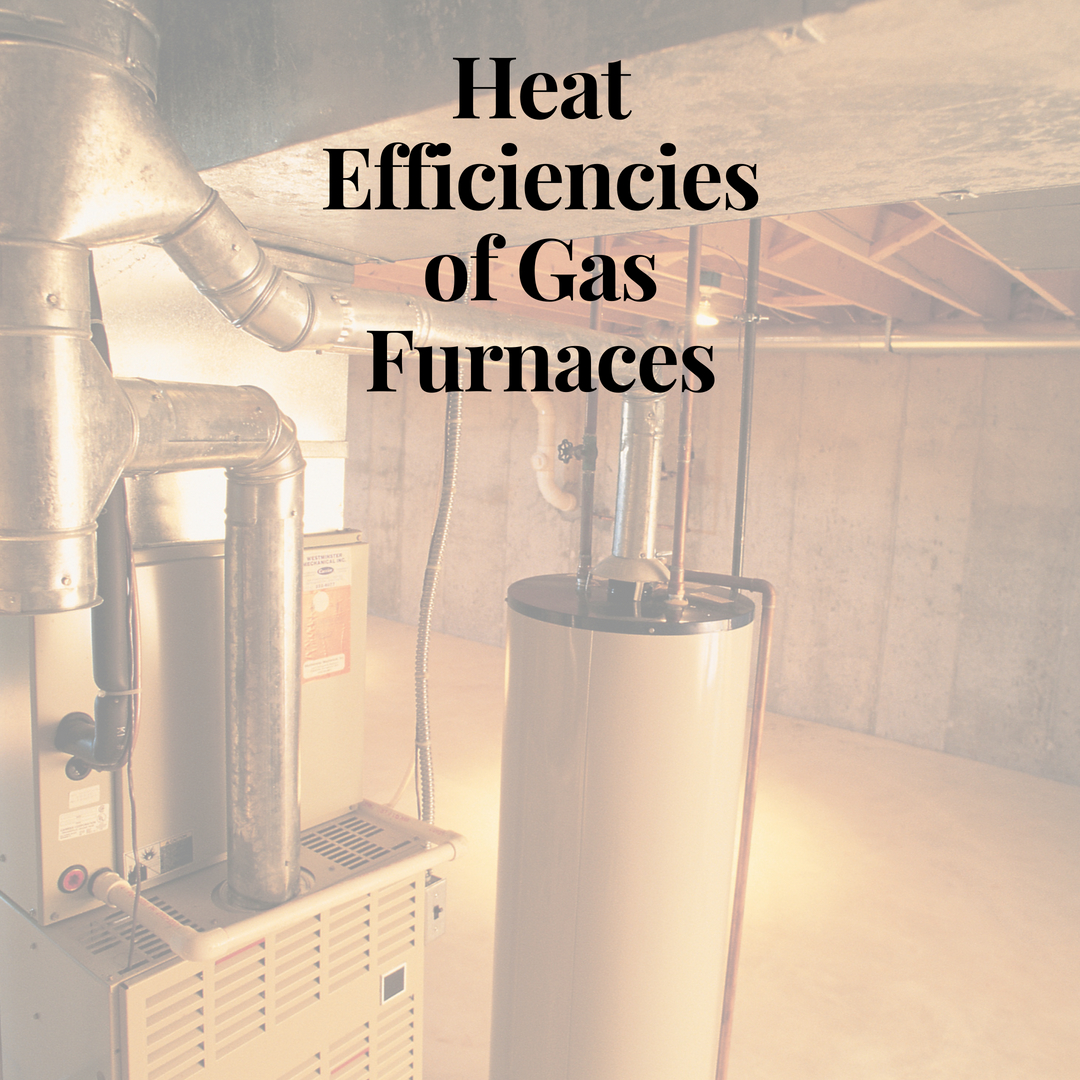 Thank you to AmeriSpec for this great info!
Thank you to AmeriSpec for this great info!
There are three basic levels of efficiencies of propane or natural gas fuel burning furnaces: high, mid, and conventional. The efficiency of the furnace depends on several factors, including the type of ignition system, the type and shape of the heat exchanger, the number of heat exchangers, and the type of airflow into and out of the furnace for combustion and exhaust venting.
Conventional furnaces have a standing pilot light, very basic shaped heat exchangers, and no control over the amount of combustion or draft air that enters or exits the system.
Mid- and High-efficiency furnaces have electronic ignition devices, more complicated heat exchangers (longer), and they limit the amount of combustion and draft air entering and exiting the furnace. By controlling and limiting the rate at which the exhaust gases are removed from the home, more heat can be extracted from the exhaust gases making the system more efficient.
Furnace Heating Efficiencies
The Ignition System
The ignition system is required to light the burner when the thermostat is triggered. A pilot light that is always lit wastes fuel all year, while an electronic ignition system only uses energy when the furnace is required to heat the home.
The Heat Exchanger
The heat exchanger is the metal chamber where combustion occurs. The flames burn inside the heat exchanger, while air from the home flows over the outside of the heat exchanger; and is picked up and absorbed by the metal. In addition to transferring heat from the burner flames to the air in the home, the heat exchanger prevents exhaust fumes from entering the home.
Airflow In and Out of the Furnace
Any combustion appliance requires air for burning. In older systems, air comes from inside the home and can enter the furnace naturally, through openings beside the burners, and where the exhaust gases exit the heat exchanger to travel through the chimney. This situation causes excess air to enter the heat exchanger and flow up the chimney when the furnace is both operating and in standby mode. Heat is constantly being lost and energy is wasted.
Furnaces can be designed with fans that control the amount of air that enters or exits (or both) the heat exchanger. A damper on the fan mechanism prevents air from entering the chimney when the furnace is not in operation. This type of configuration helps reduce the amount of energy that is wasted.
For more information or to schedule an inspection please visit our website or give us a call today!
(770) 734-0232



